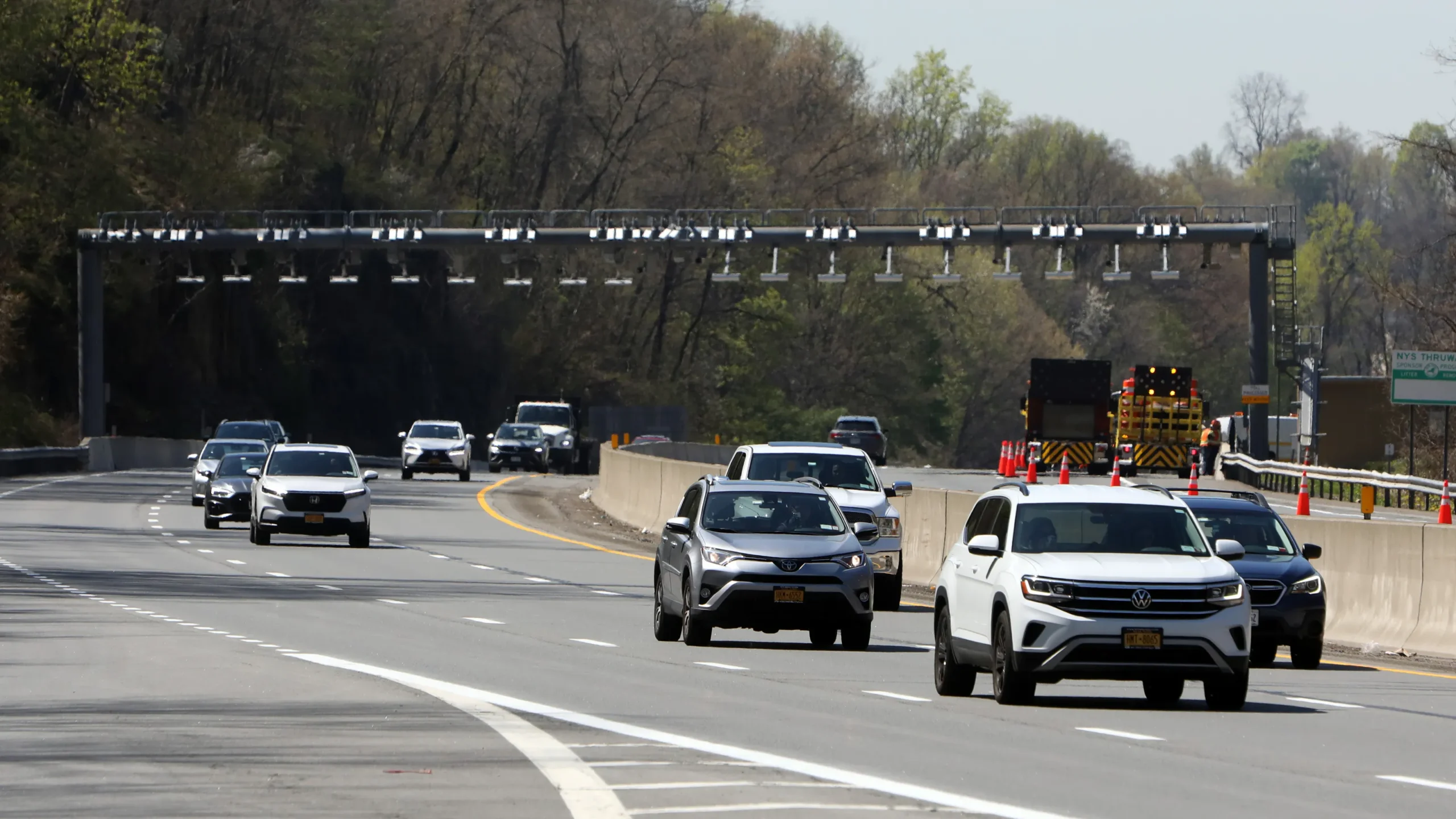What to Do When You Receive a Toll Violation Notice
Receiving a toll violation notice in the mail can be a stressful experience. Whether you forgot to pay a toll or there was a glitch in the system, understanding how to handle the situation can save you time, money, and frustration. In this guide, we’ll walk you through the steps to take when you receive a toll violation notice, so you can resolve the issue quickly and efficiently.
Stay Calm and Don’t Ignore the Notice
First things first: don’t panic. Receiving a toll violation notice doesn’t mean you’re in serious trouble, but it does require your attention. Ignoring the notice can lead to additional fines, penalties, or even legal action. Take a deep breath and prepare to address the situation promptly.
Read the Notice Carefully
Open the letter and read all the details thoroughly. The notice will typically include:
- Date and time of the violation
- Location of the toll plaza
- Amount due, including any fines or administrative fees
- Instructions on how to pay or dispute the violation
Understanding the specifics will help you determine your next steps.
Verify the Information
Mistakes can happen. Double-check the details to ensure that the vehicle in question is yours. Look at the license plate number, date, and time. If you were not driving in that area or your car was elsewhere, you might have grounds to dispute the notice.
Check Your Toll Account
If you have an electronic toll account like E-ZPass, log in to your account to see if there were any issues. Maybe your E-ZPass login reveals that your account balance was low, or your transponder wasn’t read correctly. Updating your payment information or replenishing your account might prevent future violations.
Determine the Reason for the Violation
Understanding why you received the violation will help you resolve it effectively. Common reasons include:
- Insufficient funds in your toll account
- Malfunctioning transponder
- Missed toll due to lack of cash options
- Clerical errors or incorrect vehicle information
Identifying the cause can also help you prevent similar issues down the road.
Decide Whether to Pay or Dispute
If You Owe the Toll
If, after reviewing the information, you find that the violation is valid, follow the payment instructions provided. Many toll authorities offer multiple payment options:
- Online Payments: Visit the toll authority’s website to pay electronically.
- Mail: Send a check or money order to the address specified.
- Phone: Call the customer service number to pay over the phone.
For those who traveled through Massachusetts, services like PaybyPlateMA allow you to pay tolls online using your license plate number.
If You Believe There’s an Error
If you think the violation is a mistake, you have the right to dispute it. Here’s how:
- Gather Evidence: Collect any receipts, account statements, or photos that support your case.
- Follow Dispute Instructions: The notice will outline how to submit a dispute, whether online, by mail, or in person.
- Submit Before Deadline: Make sure to file your dispute before the deadline to avoid additional penalties.
- Keep Copies: Retain copies of all correspondence and submissions for your records.
Be Aware of Deadlines
Time is of the essence when dealing with toll violations. Missing payment or dispute deadlines can result in increased fines or additional legal action. Mark important dates on your calendar and set reminders if necessary.
Prevent Future Violations
To minimize the chances of receiving another toll violation notice:
- Maintain Your Toll Account: Regularly check your balance and ensure your payment information is up to date.
- Install and Position Transponders Correctly: Make sure your electronic toll transponder is properly installed and functioning.
- Stay Informed About Toll Roads: Plan your routes ahead of time and be aware of any toll roads you’ll be using.
- Use Reliable Payment Methods: If you don’t have a transponder, ensure you have the means to pay cash tolls or understand how to pay online afterward.
Utilize Online Resources
Many toll authorities offer online portals to manage violations and payments. Websites like https://paybyplatemainfo.us/ provide information and services to help you resolve toll issues efficiently.
Contact Customer Service if Needed
If you’re unsure about any part of the process, don’t hesitate to reach out to the toll authority’s customer service department. They can provide clarification and assist with any problems you might encounter.
Keep Records of All Interactions
Document every step you take in resolving the violation:
- Payment Confirmations: Save receipts or confirmation numbers.
- Correspondence: Keep copies of letters, emails, and notes from phone calls.
- Dispute Submissions: Retain copies of any evidence or forms you submit.
Having detailed records can be invaluable if any disputes arise later on.
Understand the Consequences of Non-Payment
Failing to address a toll violation can lead to serious repercussions, such as:
- Increased Fines and Penalties: Late fees can accumulate over time.
- Vehicle Registration Holds: You might be unable to renew your vehicle registration.
- Collection Actions: The debt could be sent to a collection agency, impacting your credit score.
- Legal Action: In extreme cases, legal proceedings may be initiated against you.
Conclusion
Receiving a toll violation notice isn’t the end of the world, but it does require timely action. By staying calm, verifying the information, and taking the appropriate steps to pay or dispute the violation, you can resolve the issue with minimal hassle. Remember to maintain your toll accounts and stay informed to prevent future violations. Safe travels!







